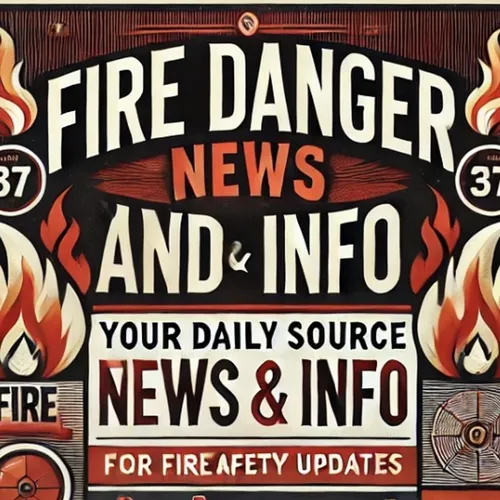Combating Wildfires with USGS Wildland Fire Science: Innovative Solutions for a Changing Climate
- Author
- Quiet. Please
- Published
- Sat 14 Dec 2024
- Episode Link
- https://www.spreaker.com/episode/combating-wildfires-with-usgs-wildland-fire-science-innovative-solutions-for-a-changing-climate--63320093
The increasing frequency and intensity of wildfires in the western United States underscore the critical role of fire science in combating these destructive events. As climate change continues to exacerbate these conditions, the need for scientific research and innovative solutions is more pressing than ever. The U.S. Geological Survey (USGS) Wildland Fire Science program plays a pivotal role in this effort, providing essential data and insights to help manage and mitigate the effects of wildfires.
The USGS Wildland Fire Science webpage offers a wealth of information on how USGS science is making significant strides in understanding and combating wildfires. Through a combination of cutting-edge research and technological advancements, USGS scientists work tirelessly to collect and analyze data that aids in predicting fire behavior, assessing risk, and guiding effective response strategies. This research is crucial for land managers, firefighters, and policymakers who rely on scientific data to make informed decisions aimed at protecting communities and natural resources.
One of the critical areas of USGS research focuses on understanding the environmental and climatic factors that contribute to the increasing threat of wildfires. By studying weather patterns, vegetation types, and topography, USGS scientists can develop models that predict fire spread and intensity. These models are invaluable for emergency response teams as they plan evacuations and deploy resources efficiently and safely.
Furthermore, the USGS examines the impact of wildfires on ecosystems, water supplies, and air quality. Understanding these effects is essential for mitigating the long-term consequences of wildfires and for developing strategies for ecological recovery. Fire science also plays a vital role in evaluating the effectiveness of various fire prevention and mitigation techniques, such as controlled burns and fuel treatments, ensuring these methods are applied in a way that maximizes their benefits while minimizing potential harm.
Innovation is at the heart of the USGS's approach to wildfire science. The integration of satellite imagery, drones, and other remote sensing technologies has revolutionized the ability to monitor fires in real-time, providing crucial data for immediate response efforts. Additionally, advancements in computer modeling and machine learning enable USGS scientists to rapidly process and analyze vast amounts of data, improving the accuracy and reliability of predictions.
Collaboration is another pillar of the USGS Wildland Fire Science program. By working closely with other federal agencies, academic institutions, and local fire departments, the USGS ensures that its research is comprehensive and widely applicable. This cooperative approach facilitates the sharing of knowledge and resources, enhancing the overall effectiveness of wildfire management strategies across the region.
In summary, the USGS Wildland Fire Science program is an invaluable asset in the fight against wildfires in the western United States. By leveraging scientific research, technological innovation, and collaborative efforts, the USGS helps to reduce the devastating impact of wildfires on communities and the environment. For those interested in learning more about how USGS science contributes to these efforts, visiting the USGS Wildland Fire Science webpage offers a window into the advancements and applications of this critical field of research.
